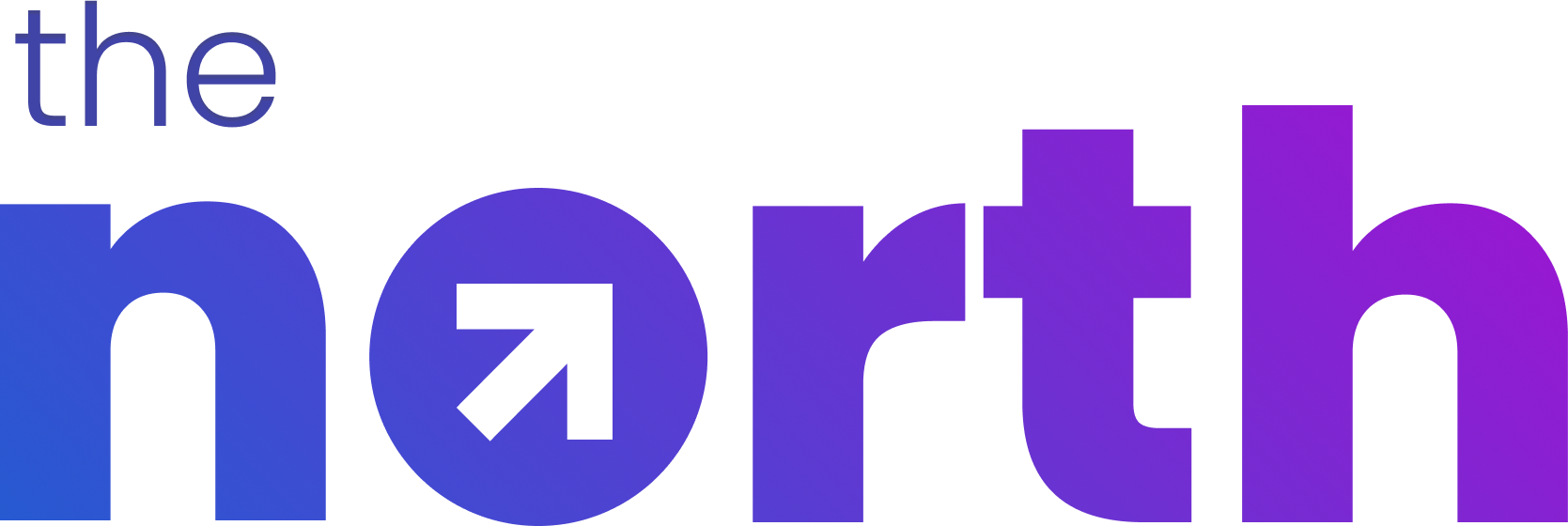Product OKR themes
Depending on what stage your product is in, you may find the below examples relevant. Most teams will look at the company goals and strategy to decide where to focus. Product teams are usually structured around the following stages. To learn more about these stages and the AARRR Framework, watch this video and read this post by Dave McClure
- New product launch and discovery
- User acquisition or growth
- New user onboarding and activation
- User retention and engagement
- Monetisation or revenue
- NPS or referral
Anatomy of a good OKR
A good product OKR consists of the following elements
Inspiring Objective or Goal:
Project-based key result:
When a project needs to be completed to achieve the KR and the project will take a significant amount of time and is a prerequisite to the KR. Tracking as a project key result could give the teams good visibility.
Input key result:
Input metrics are the things that you can control. these are the metrics when moved, will move the output metrics.
e.g. % users that sent at least 1 invite in week 1
Output key result:
Output metrics are the things that you cannot control. these are the metrics you want to ultimately achieve but are not directly in your hand.
e.g. User retention, stock market price, annual recurring revenue (ARR)
Examples of product OKRs
Output OKRs vs Outcome OKRs
Another OKR mistake product teams make is to use OKRs as a project management tool. a classic example is to use OKRs to track product sprints and not focus on product outcomes. Look at the two examples below:
⛔️ Objective: Ship new product
- KR: Ship sprint 1
- KR: Ship sprint 2
- KR: Ship sprint 3
✅ Objective: Get PMF on new product
- KR: Ship MVP by X date
- KR: Get 1000 new sign-ups
- KR: Get 10% retention
Tip: Product teams have to do learning and building work before they measure outcomes like Retention or Revenue. This work is captured as milestones in North. Read more about Key Results vs Milestones.
New Product Launch OKRs
◎ Objective: Validate the product-market fit for our new fitness product
- KR 1: Complete the Design Sprint to explore solutions by end of the month
- KR 2: Validate top hypotheses by talking to 5 users
- KR 3: Launch MVP in 60 days
- KR 4: 10% of our users should be retained for 8 weeks
◎Objective: Launch our MVP to help people get fit
- KR 1: Get the first 100 users to sign up
- KR 2: 40% of users should be retained by week two
- KR 3: Get to an NPS score of 35
- KR 4: 10% of our users should upgrade to our paid plan
Onboarding and Activation
◎ Objective: Improve our onboarding funnel for better retention
- 🚩 Ship new onboarding flow by 2nd week
- 🏳 Improve product onboarding completion rate from 50% to 70%
- 🏳 Increase the activation rate of new users from 60% to 70%
◎ Objective: Deeply understand the onboarding needs of users
- 🏳 Interview 5 users who drop out of the onboarding process
- 🏳 Interview 5 users who complete onboarding and are active
- 🚩 Publish findings on a customer journey map by end of the quarter
Product Led Growth
◎ Objective: Launch our MVP to help people get fit
- 🏳 Get the first 100 users to sign up
- 🏳 40% of users should be retained by week two
- 🏳 Get to an NPS score of 35
- 🏳 10% of our users should upgrade to our paid plan
Retention and Engagement
◎ Objective: Improve our product engagement
- 🚩 Discovery top reasons why teams are not engaging
- 🏳 Improve week 4 engagement to 20%
◎ Objective: Improve the product’s reputation
- 🏳Establish product leadership by speaking at 3 industry events
- 🏳Personally reach out and learn from the top 10 users
- 🏳Shorten first-response time to user-flagged errors by 10%
Monetisation or Revenue
◎ Objective: Accelerate revenue growth for our product
- 🚩 Launch paid feature x to all users by end of November
- 🚩 Run 3 pricing experiments to get to 100k MRR
- 🏳 Generate x% of total revenue from this feature
Recruitment and People
◎ Objective: Build the world’s best product team
- 🏳 Create a career growth framework for PM
- 🏳 Identify 3 required courses every PM should take
- 🏳 Publish internal PM Processes for better visibility
North is a single app for Strategy, OKRs, and Initiatives
North is built for data-driven companies that want to make an impact.
Companies of all sizes use North for strategy, goals and Initiatives.

Before you start
What are OKRs?
OKR Meaning
History of OKRs
Benefits of OKRs
Are OKRs right for me?
OKR Mistakes to Avoid
A Brief Guide to OKRs
Aligning with OKRs
Strategic Planning
OKRs in Strategy
SMART, MBO, BHAG
Role of an OKR Champion
Take the OKR Quiz
The North Guide to OKRs
Getting started with OKRs
How North works
A typical OKR Cycle
Planning your OKRs
Weekly OKR Check-In
Stretch vs Committed OKRs
Aligning vs Cascading OKRs
Aligning OKR Teams
OKRs vs KPI
OKR vs KPI: with Examples
Input vs Output metrics
Good and Bad OKRs
OKRs and Agile
OKR Templates
Learning resources
Vision & Mission Templates
Google OKR Template
OKRs for Product teams
OKRs for CEOs’ teams
OKRs for Sales teams
OKRs for Marketing teams
OKRs with Google Workspace
North Features
Getting started with North
Org and Team goals
Goal Initiatives
Goal Check-ins
Give Awards
Goal Alignment
Our take on Product
OKRs for AARRR Metrics
On Product discovery
Communicating well
Metrics for Product teams
Telling stories with data
Data visualisation
🏔
